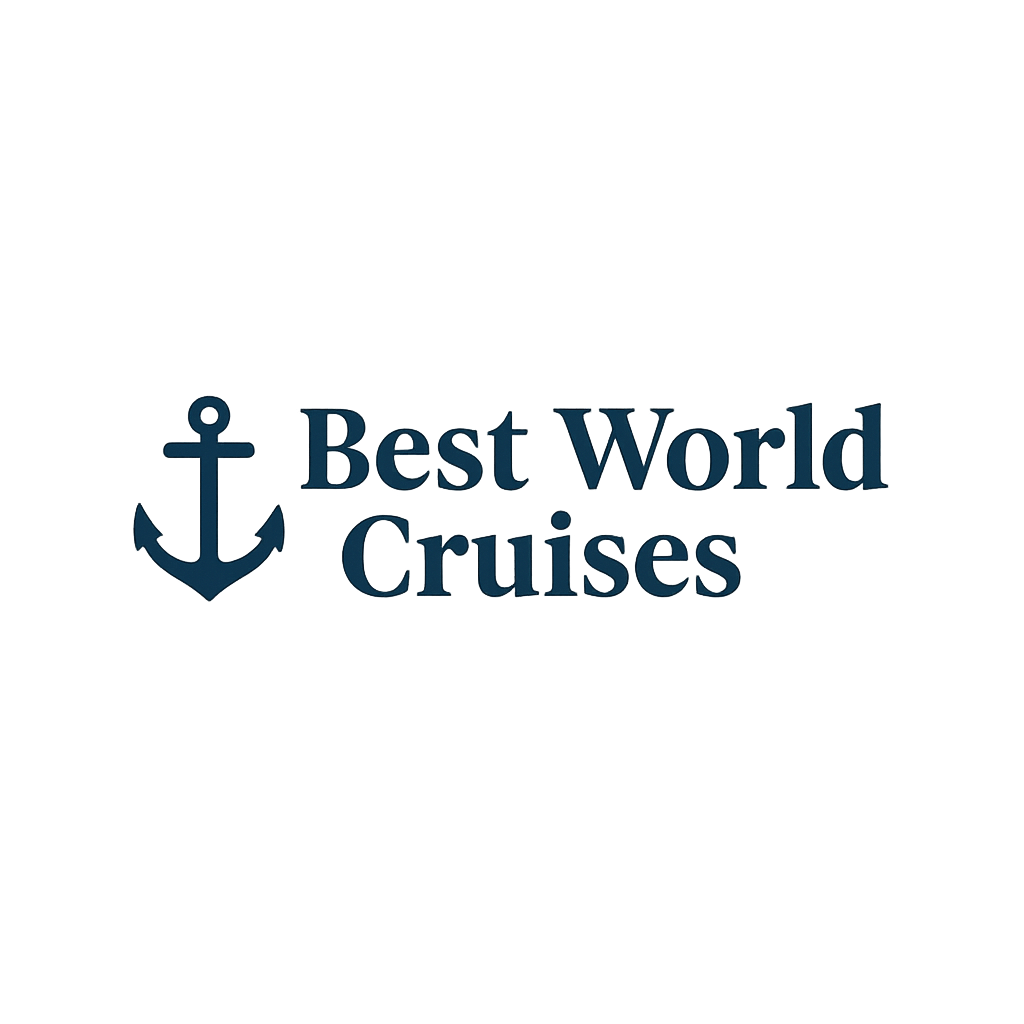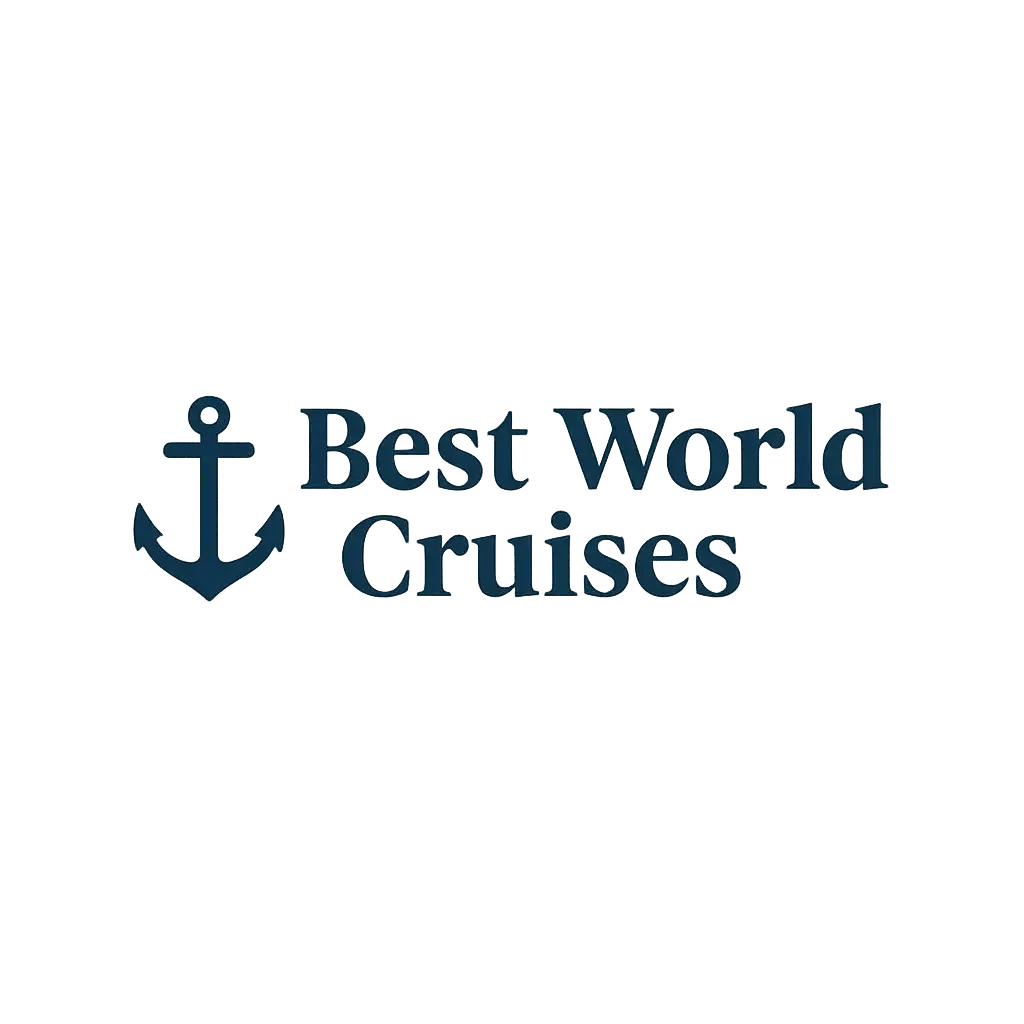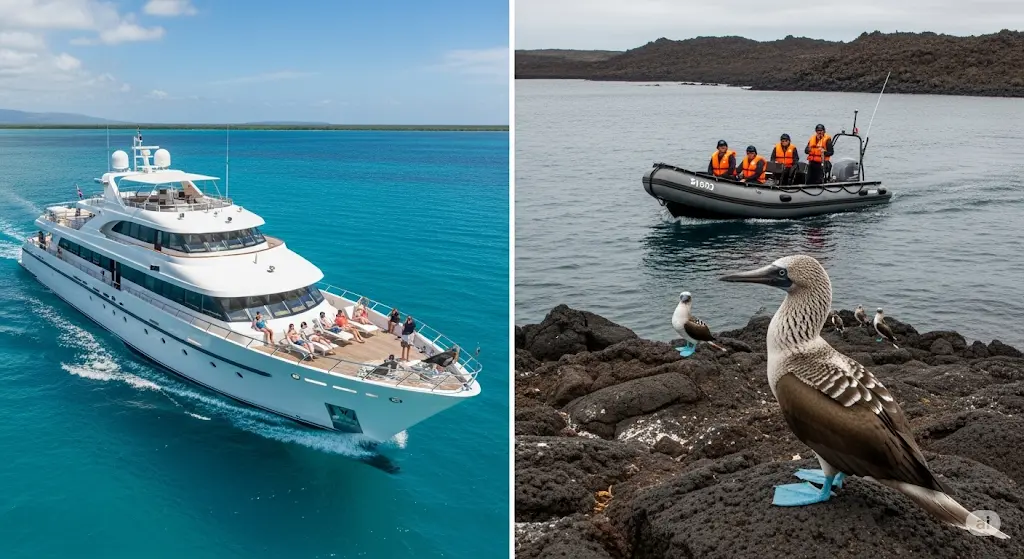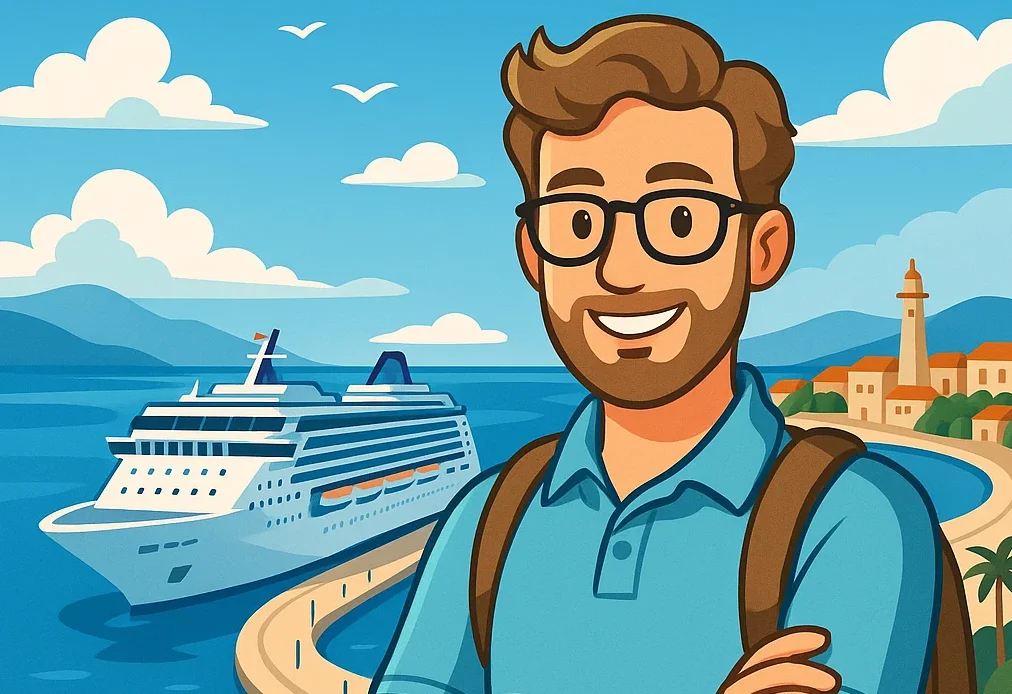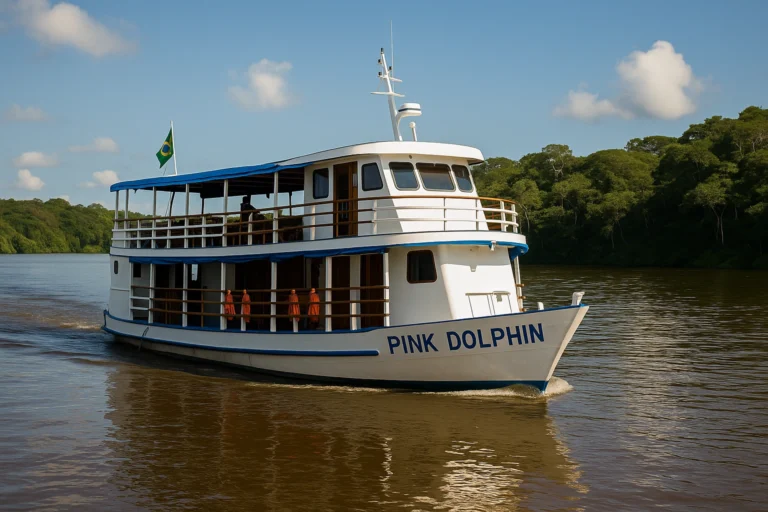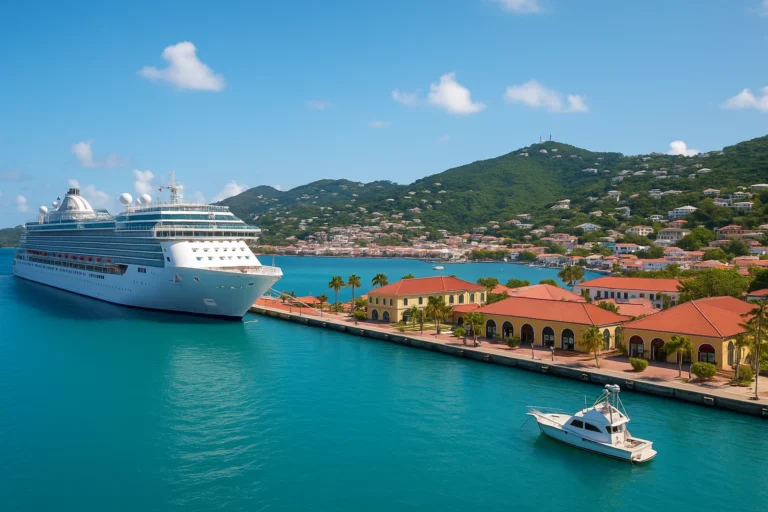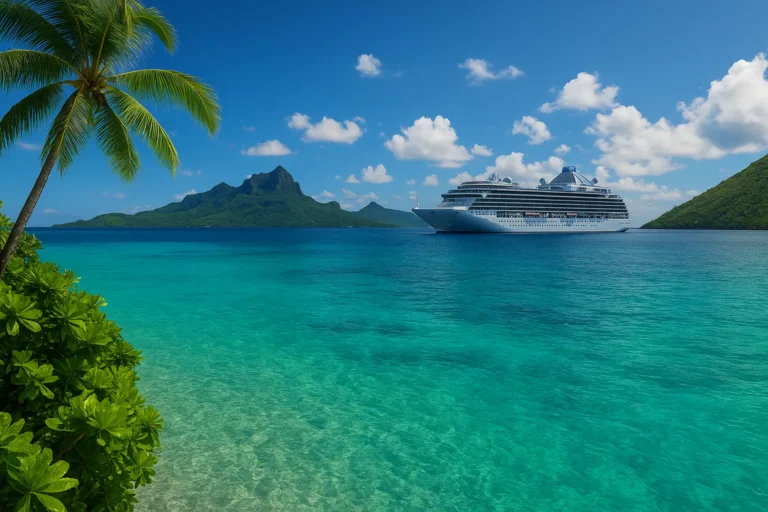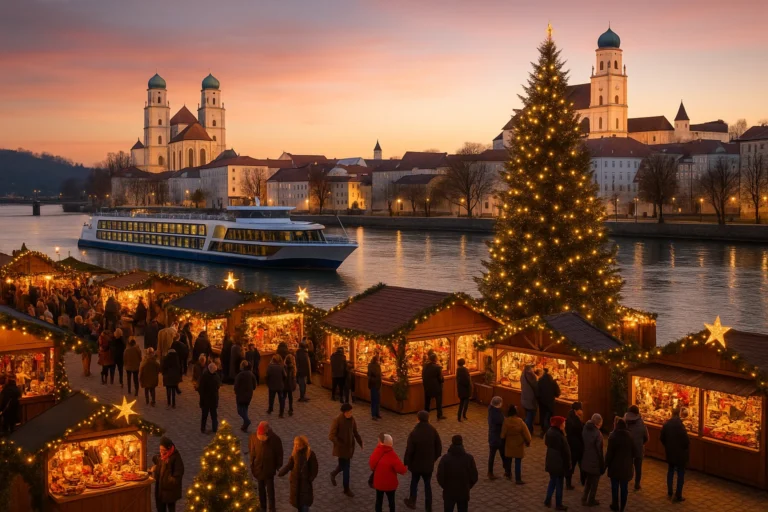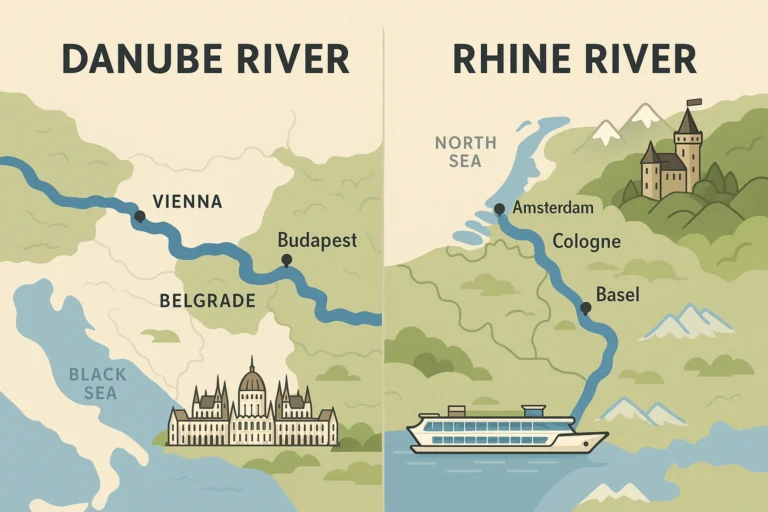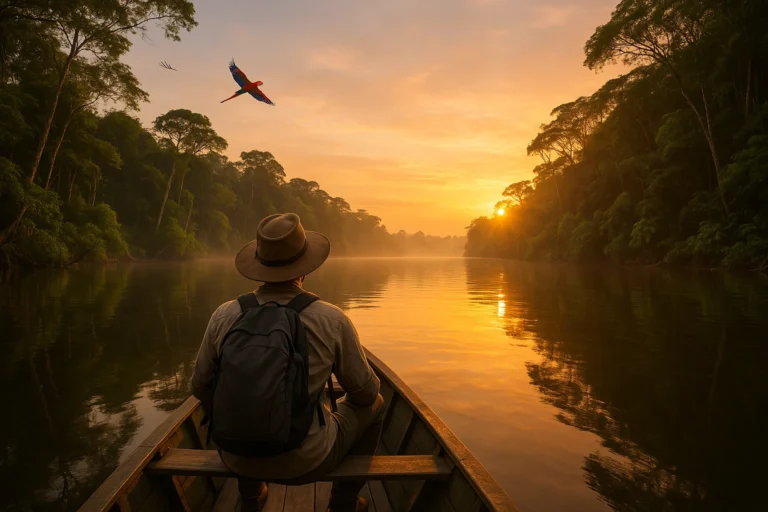Galapagos Islands Cruises: Luxury vs. Expedition Ships
Galapagos Islands Cruises: Luxury vs. Expedition Ships – Choosing Your Perfect Adventure
The Galapagos Islands. The very name conjures images of unique wildlife, pristine volcanic landscapes, and the profound scientific discoveries of Charles Darwin. Nestled off the coast of Ecuador, this isolated archipelago is a living laboratory, a place where evolution unfolds before your eyes, and animals exhibit a remarkable fearlessness of humans. Visiting the Galapagos is a bucket-list dream for countless travelers, and the undisputed best way to truly experience its magic is by cruise.
However, once you decide on a **Galapagos Islands cruise**, a crucial choice emerges: do you opt for a **luxury vessel** that pampers you with amenities and personalized service, or an **expedition ship** designed for rugged, immersive wildlife encounters? This guide will break down the core differences between these two distinct types of **Galapagos ships**, delve into what you can expect from each, and provide essential insights to help you choose the ideal vessel for your unforgettable adventure in this natural wonderland.
1. The Galapagos Experience: Why Cruising is Key
Unlike many destinations where land-based exploration is common, the Galapagos Islands’ delicate ecosystem and remote visitor sites make cruising virtually essential.
Access and Immersion:
- Multiple Islands, Seamless Travel: A cruise allows you to visit several different islands and visitor sites, often two per day, reaching remote corners that land-based tours simply cannot. You travel between islands at night, waking up to a new, breathtaking landscape each morning.
- Strict Regulations: The Galapagos National Park imposes stringent rules to protect its unique environment. All visits to designated visitor sites must be accompanied by a licensed naturalist guide, and groups are limited in size. Cruise ships are perfectly equipped to manage these logistics, ensuring minimal impact.
- Wildlife Proximity: The animals of Galapagos are famously unafraid of humans, a phenomenon best experienced up close and frequently, which cruising facilitates.
2. Defining the Ships: Core Differences in Your Galapagos Voyage
While all ships operating in the Galapagos must adhere to strict National Park regulations regarding itineraries and visitor sites, the *experience* they offer can vary significantly based on their classification as either “expedition” or “luxury.”
General Characteristics of Galapagos Vessels:
- Size: All Galapagos vessels are relatively small compared to ocean-going cruise liners. This is due to environmental regulations and the need to access smaller bays and visitor sites. They range from small yachts accommodating 16 passengers to larger expedition ships holding around 100 passengers.
- Focus: The fundamental difference lies in their primary focus – immersive adventure and raw nature versus elevated comfort and refined service alongside nature.
- Passenger Capacity: This directly impacts the intimacy of the experience, the guide-to-guest ratio, and the speed of landings.
3. Expedition Ships: The Adventurer’s Choice for Deeper Immersion
For travelers whose primary goal is an intense, unvarnished connection with nature and active exploration, an **expedition Galapagos cruise** is often the ideal choice.
Vessel Type and Design:
- Purpose-Built: Expedition ships are designed for efficiency in getting guests ashore and providing optimal viewing opportunities. They may include smaller yachts, catamarans, or specialized expedition vessels. Their design prioritizes stability and seamless navigation in varied waters.
- Functional Comfort: While always comfortable, their aesthetics lean towards practicality rather than opulence. Think sturdy, durable materials built to withstand the rigors of frequent landings and close encounters with nature.
Onboard Experience:
- Atmosphere: Casual, convivial, and highly educational. The focus is on shared discovery. You’ll find a strong sense of camaraderie among like-minded travelers who are passionate about wildlife and conservation.
- Cabins: Comfortable and clean, providing a restful space after active days. While not typically lavish, they offer all necessary amenities. Some may have small windows or portholes, with fewer balconies compared to luxury ships.
- Dining: Good quality, hearty meals served in a relaxed setting. The emphasis is on sustenance for active days rather than gourmet culinary artistry. Buffets or family-style meals are common, fostering social interaction.
- Public Areas: Designed for learning and discussion. You’ll find dedicated lecture rooms, libraries filled with natural history books, and outdoor decks optimized for wildlife spotting.
- Guides: Highly qualified and passionate naturalist guides (often with a 1:10 to 1:16 guide-to-guest ratio) are the stars of the show. They are educators, storytellers, and experts in Galapagos ecology.
Activities and Focus:
- Active Exploration: Expect multiple daily excursions involving “wet landings” (stepping directly into shallow water from a Zodiac/panga boat) and “dry landings” (stepping onto a dock or rocks). Activities include guided hikes over volcanic terrain, snorkeling with sea lions and turtles, Zodiac cruises through mangroves, and kayaking.
- Educational Focus: Daily briefings, lectures, and workshops by naturalist guides deepen your understanding of the islands’ geology, flora, and fauna. Some expeditions might even involve citizen science opportunities.
- Emphasis on the Outdoors: The core of the experience is being *out* in nature, actively exploring, and observing wildlife in its natural habitat.
Pros and Cons:
- Pros: Deeper immersion in nature, highly educational, more active and adventurous, often better value for the core wildlife experience, smaller groups for landings.
- Cons: Less emphasis on pampered service and luxurious decor, cabins might be smaller, fewer onboard amenities.
4. Luxury Ships: Comfort, Style & Enhanced Service in Paradise
For those who seek a premium travel experience with elevated comfort and personalized service alongside exceptional wildlife encounters, a **luxury Galapagos cruise** offers the best of both worlds.
Vessel Type and Design:
- Refined Aesthetics: These are often newer, more stylish yachts, catamarans, or small luxury ships. Their design emphasizes elegance, spaciousness, and high-end finishes.
- Enhanced Features: Expect more comfortable cabins, often with private balconies, larger bathrooms, and superior amenities.
Onboard Experience:
- Atmosphere: Refined, attentive service is a hallmark. While still focused on the destination, there’s an emphasis on relaxation and enjoyment of onboard comforts.
- Cabins: More spacious and lavishly appointed, featuring high-quality linens, premium toiletries, and often floor-to-ceiling windows or private balconies for continuous wildlife viewing.
- Dining: Gourmet dining experiences are standard. Expect multi-course meals, a wider selection of fine wines and spirits, and more diverse culinary options, often with personalized service.
- Public Areas: Elegant lounges, possibly a small spa, fitness center, hot tubs, and sun decks designed for both relaxation and prime viewing.
- Guides: Guides are of exceptional quality, often with higher naturalist-to-guest ratios, allowing for even more personalized attention and in-depth discussions.
Activities and Focus:
- Same Core Excursions: Luxury ships participate in the same regulated excursions as expedition vessels – Zodiac rides, snorkeling, hiking. The difference lies in the *support* and *comfort* surrounding these activities.
- Additional Amenities: Guests might enjoy complimentary use of high-quality snorkeling gear, wetsuits, kayaks, or stand-up paddleboards. There might be dedicated photographers, professional masseuses, or enhanced briefing facilities.
- Enhanced Service: Expect seamless transitions between activities, perhaps with cold towels and refreshing drinks awaiting your return from an excursion.
Pros and Cons:
- Pros: Superior comfort and amenities, highly personalized service, elevated dining, more spacious cabins (often with balconies), an overall sense of being pampered while exploring.
- Cons: Higher price point, might appeal less to the most “rugged” adventurers, some might argue it takes a slight edge off the raw expedition feel (though still very immersive).
5. Key Considerations When Choosing Your Galapagos Cruise
Deciding between a luxury and an expedition ship comes down to your personal travel style and priorities.
- Budget: This is often the primary differentiator. Luxury cruises are significantly more expensive, but they also offer more inclusions and amenities.
- Travel Style: Are you an active adventurer who prioritizes discovery over indulgence, or do you prefer to explore with a higher degree of comfort and personalized service?
- Priorities: Is your sole focus wildlife viewing and education, or do onboard amenities like fine dining, spa treatments, or spacious suites rank high on your list?
- Cabin Preferences: Do you need a large cabin, a private balcony, or is a comfortable, functional space sufficient?
- Group Size: While all groups on landings are small, the overall number of passengers on the ship can impact the intimacy of the onboard experience.
- Itinerary: All ships follow strict, pre-approved itineraries. Research which specific islands and visitor sites are covered, as different itineraries prioritize different wildlife or geological features.
- Guide-to-Guest Ratio: A lower ratio generally means more personalized attention and more opportunities to ask questions.
- Sustainability/Environmental Commitment: Many operators have strong conservation efforts. If this is important to you, research their specific initiatives.
6. What to Expect on ANY Galapagos Cruise
Regardless of whether you choose a luxury or expedition vessel, certain fundamental aspects define the Galapagos cruise experience:
- Strict Regulations: All visits are guided, follow designated paths, prohibit touching animals (though they often come very close!), and forbid removing anything from the islands.
- Daily Schedule: Expect early mornings (to see wildlife at its most active), multiple landings and activities per day (often two-three excursions), interspersed with meals and afternoon lectures.
- Fearless Wildlife: The animals of the Galapagos have evolved without natural land predators, making them remarkably unafraid of humans. This allows for incredibly close, respectful encounters.
- Varied Activities: Your days will be filled with diverse activities, including hiking over ancient lava flows, snorkeling in crystal-clear waters with sea lions and penguins, Zodiac (panga) rides exploring coastal areas, and relaxing onboard.
- Exceptional Naturalist Guides: All guides are certified by the Galapagos National Park. They are highly knowledgeable, passionate, and essential to your understanding of the islands.
- Potential for Choppy Seas: While much of the sailing is smooth, inter-island transfers can sometimes involve choppy waters, particularly during certain seasons. Be prepared with motion sickness remedies if needed.
❓ Frequently Asked Questions (FAQ) About Galapagos Islands Cruises ❓
Q: How long should a Galapagos cruise be?
A: Most cruises range from 4 to 15 days. A 5-day or 8-day cruise is generally recommended to get a good sense of the diverse islands and wildlife without feeling rushed.
Q: Do all Galapagos cruises follow the same itinerary?
A: No. While all itineraries are approved by the National Park, they vary significantly. Different routes visit different islands and visitor sites. Research which animals or landscapes you most want to see to choose the best itinerary for you.
Q: Is seasickness common in the Galapagos?
A: The waters can sometimes be choppy, especially during certain months (e.g., July-December, when trade winds are stronger). If you are prone to seasickness, it’s advisable to bring medication or use other remedies. Catamarans tend to be more stable than monohulls.
📂 Explore More in These Categories
Best Cruise Destinations in 2025: Caribbean, Europe & Bucket List Ports
Q: Are kids allowed on Galapagos cruises?
A: Yes, many cruises are family-friendly, and some even offer specialized programs for children. However, due to the nature of expeditions and the need to follow rules, a minimum age (often 6-7 years old) might be recommended by some operators.
Q: What’s the best time of year to visit the Galapagos?
A: The Galapagos is a year-round destination, with excellent wildlife viewing opportunities regardless of the month.
- Warm/Wet Season (December-May): Warmer temperatures, calm seas, green vegetation, good for snorkeling.
- Cool/Dry Season (June-November): Cooler temperatures, choppier seas, abundant marine life due to colder currents, excellent for birdwatching and seeing active penguins.
Q: Do I need a special visa for the Galapagos Islands?
A: Most nationalities do not require a separate visa for Ecuador for stays up to 90 days. However, all visitors to the Galapagos must pay a National Park entrance fee (currently USD 100) and a Transit Control Card fee (currently USD 20). Check the latest requirements before your trip.
Conclusion: Your Perfect Galapagos Adventure Awaits
The Galapagos Islands offer a journey unlike any other, a chance to witness evolution firsthand and connect with nature in an unparalleled way. Whether you envision a rugged, immersive expedition focused intensely on every wildlife encounter or a more refined voyage that blends active exploration with luxurious comfort, there’s a Galapagos cruise ship perfectly suited to your dreams. The “best” choice isn’t universal; it’s about aligning your personal travel style and priorities with the unique offerings of these incredible vessels. Regardless of your choice, a **Galapagos Islands cruise** promises an adventure that will forever be etched in your memory.
